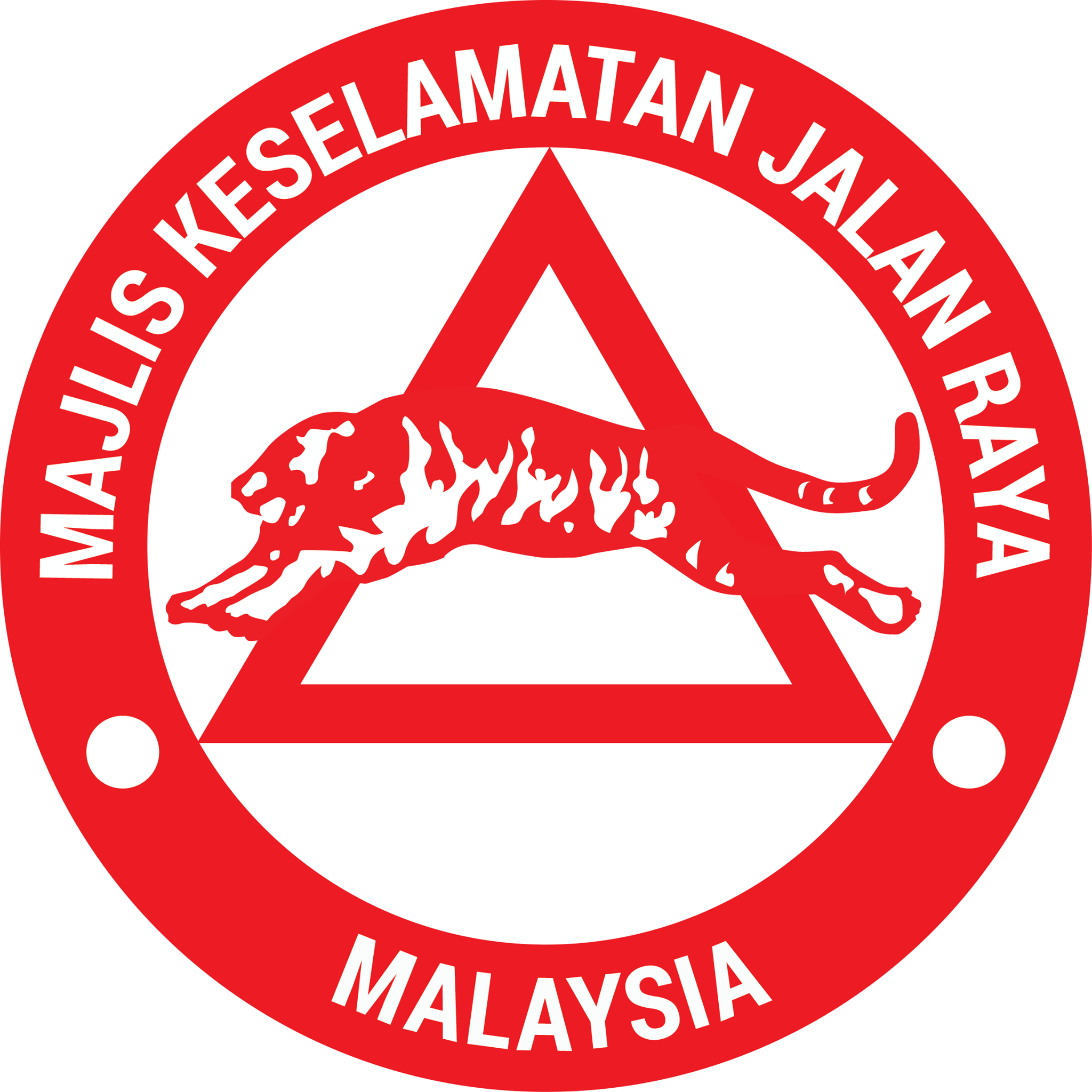Commercial vehicles, including lorries and vans, are essential to Malaysia’s economy. However, their size and weight pose significant safety risks, particularly to motorcyclists. Maintaining these vehicles in optimal condition, including rigorous tire upkeep, and ensuring driver responsibility are crucial to minimising road fatalities.
Statistics from the Royal Police Department highlight the constant danger: lorry fatalities, while seemingly stable, represent a persistent threat. The potential for severe accidents involving commercial vehicles is amplified by factors such as driver fatigue, inadequate vehicle maintenance, and the sheer size difference between these vehicles and smaller road users.
International Best Practices and Tire Maintenance
Countries with strong commercial vehicle safety records emphasize:
- Regular Inspections and Maintenance: Mandatory, frequent inspections to ensure vehicles meet safety standards, including brakes, lights, and crucially, tires.
- Tire Maintenance: Strict regulations on tire tread depth, pressure, and age, with regular inspections and replacements as needed. Worn or improperly inflated tires significantly increase the risk of blowouts and loss of control.
- Driver Training and Certification: Rigorous training programmes focusing on defensive driving, load management, and fatigue management.
- Technology Integration: Use of telematics, dash cams, and collision avoidance systems to monitor driver behaviour and prevent accidents.
- Enforcement of Hours of Service: Strict regulations on driver working hours to prevent fatigue-related crashes.
MKJR’s Role in Enhancing Commercial Vehicle Safety
MKJR plays a pivotal role in improving commercial vehicle safety by:
- Advocating for Stricter Regulations: Pushing for enhanced vehicle inspection standards, including comprehensive tire checks, and more comprehensive driver training requirements.
- Promoting Awareness Campaigns: Educating commercial vehicle operators about the importance of safety, tire maintenance, and the consequences of negligence.
- Facilitating Collaboration: Bringing together transport authorities, fleet operators, and technology providers to implement best practices.
- Supporting Enforcement: Working with law enforcement to ensure compliance with safety regulations and to address violations.
